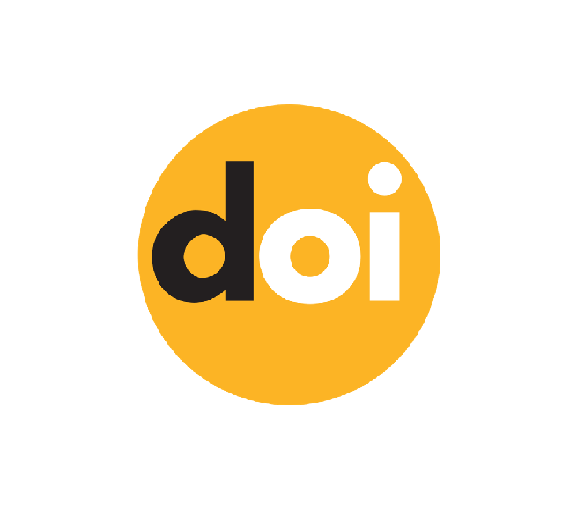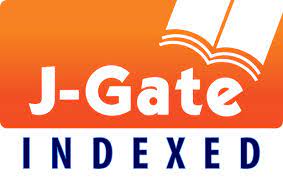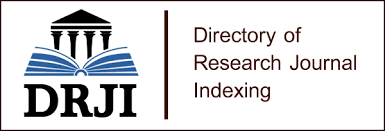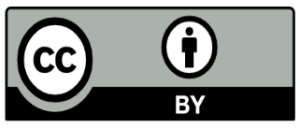BUDGETARY ALLOCATION IN PRIMARY EDUCATION OF BANGLADESH: A RIGHT BASED ANALYSIS
Abstract
Education stands out as the best cost-effective means increasing human capital, reducing poverty and achieving sustainable development. Universal primary education is likely to give developing countries the human capital boost necessary to bring large segments of the population out of poverty. This is why investing in  primary education becomes the top priorty to policy makers of many countries including Bangladesh. Bangladesh is facing gigantic challenges like variations in teacher student ratio, lack of qualified and trained teachers, variety in primary education systems, disparity and lack of coordination among primary educational institutions, which constrain the attainment of universal primary education and  its effort to increase enrollments and quality education. Bangladesh, despite of being signatory state to international treaties and having national legislation, is yet to enforce right to education as fundamental right and there is no instrument to compel State to the full realization of right to primary education. Hence this article emphasises on increasing the financial allocation of primary education as a tool to reduce these challenges. Budget analysis through right based approach can examine this priority as it can help to quantify the steps that the State is taking to achieve progressively the full realization of the right to education.References
Overseas Development Institute . (1993, April). Briefing Paper . Retrieved November 30, 2016, from https://www.odi.org/sites/odi.org.uk/files/odi-assets/publications-opinion-files/6784.pdf
The People's Republic Of Bangladesh. (1972). The Constitution Of The People's Republic Of Bangladesh. Dhaka, Bangladesh: BG Press.
Ahmed, M. (2011). The Sector-wide Approach in Bangladesh Primary Education: A Critical View. Dhaka: The Consortium for Research on Educational Access, Transitions and Equity (CREATE).
Directorate of Primary Education. (2014). Bangladesh Primary Education Annual Sector Performance Report - 2014. Dhaka: Directorate of Primary Education.
Global Campaign for Education. (2012). Gender Discrimination in Education: The violation of rights of women and girls Global Campaign for Education. Johannesburg: GCE.
Hong, M., & Xiaolin, W. (2010). China’s Budget System and the Financing of Education and Health Services for Children. China : United Nations Children’s Fund .
International Institute for Educational Planning. (2009). Education Budgeting in Bangladesh, Nepal and Sri Lanka. Paris: International Institute for Educational Planning.
Karen, T. (2003). The Bangladesh Primary Education Stipend Project: A Descriptive Analysis. Dhaka: World Bank.
Klein, R. (2008). Education Budget in Suriname 2004-2007 Child Friendly Budget Analysis: A Tool to Measure Results for Children and Enhance Transparency . Suriname : UNICEF .
Minamide, K., & Oshikawa, F. (2012). Right to Education in South Asia: Its Implementation and New Approaches. Kyoto: CIAS.
Nath, S. (2005). Reaching Primary Education at the Doorstep of the Poor: The BRAC Experience.BRAC Research Report. Dhaka: BRAC Research & Evaluation Division.
Osmani, S., & Latif, M. (2013, June). The Pattern and Determinants of Poverty in Rural Bangladesh: 2000-2010. Bangladesh Development Studies Vol. XXXVI , 18.
Robinson, M. (2006). A Voice for Human Rights. (K. Boyle, Ed.) Pennsylvania, U.S.A.: University of Pennsylvania Press.
Save the Children. (2010). Budget for Children Analysis. Kathmandu : Save the Children Sweden.
Save the Children, Sweden. (2000). Child-Focused Budget Study: Assessing the Rights to Education of Children with Disabilities in Vietnam. Hanoi: Save the Children, Sweden.
Secretariat for the National Plan of Action for Palestinian Children. (2000). Dollars and Sense for a Better Childhood: A Palestinian Child-Focused Budget Study . Palestine : Secretariat for the National Plan of Action for Palestinian Children.
Tomasevski, K. (2004). Manual on Rights-based Education :Global Human Rights Requirments Made Simple. Bangkok: UNESCO.
UNISEF. (2012). Children and Education Budget in Bangladesh . Dhaka: UNICEF.
United Nation. (2001). Road map towards the implementation of the United Nations Millennium Declaration: Report of the Secretary-General. General Assembly of United Nations . New York: United Nations.
United Nations . (2015). GOAL 2: ACHIEVE UNIVERSAL PRIMARY EDUCATION. Retrieved November 20, 2016, from We Can End Poverty: Millennium Development Goals and Beyond 2015 : http://www.un.org/millenniumgoals/education.shtml
Published
How to Cite
Issue
Section
License
Copyrights for articles published in Journal of Asian and African Social Science and Humanities are retained by the authors, with first publication rights granted to the journal. The journal/publisher is not responsible for subsequent uses of the work. It is the author's responsibility to bring an infringement action if so desired by the author.
Articles published in Journal of Asian and African Social Science and Humanities are published under the Creative Commons Attribution (CC-BY) license, which permits others to distribute, remix, tweak, and build upon your work as long as they credit you for the original creation.
Â














